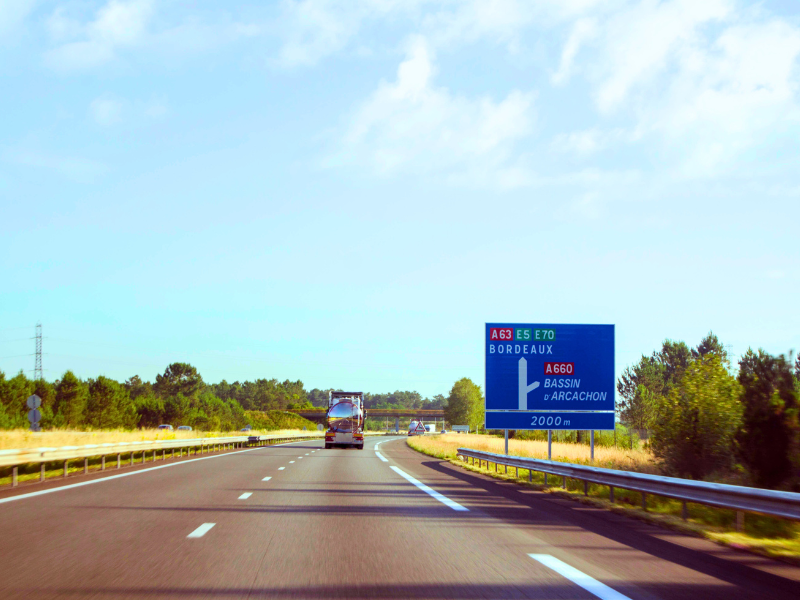To drive in Europe, you need to carry your UK driving licence with you.
You do not need an international driving permit (IDP) to visit and drive in the EU, Switzerland, Iceland or Liechtenstein. However, if you have a paper driving licence or your licence was issued in Gibraltar, Guernsey, Jersey, or the Isle of Man, you might need an IDP to drive in some EU countries and Norway. To check if you need an IDP, click here.
In case you need an IDP, you can obtain it over the counter at the Post Office. An IDP costs £5.50 and drivers must be a resident of Great Britain or Northern Ireland, have a full UK driving licence and be 18 or over.
